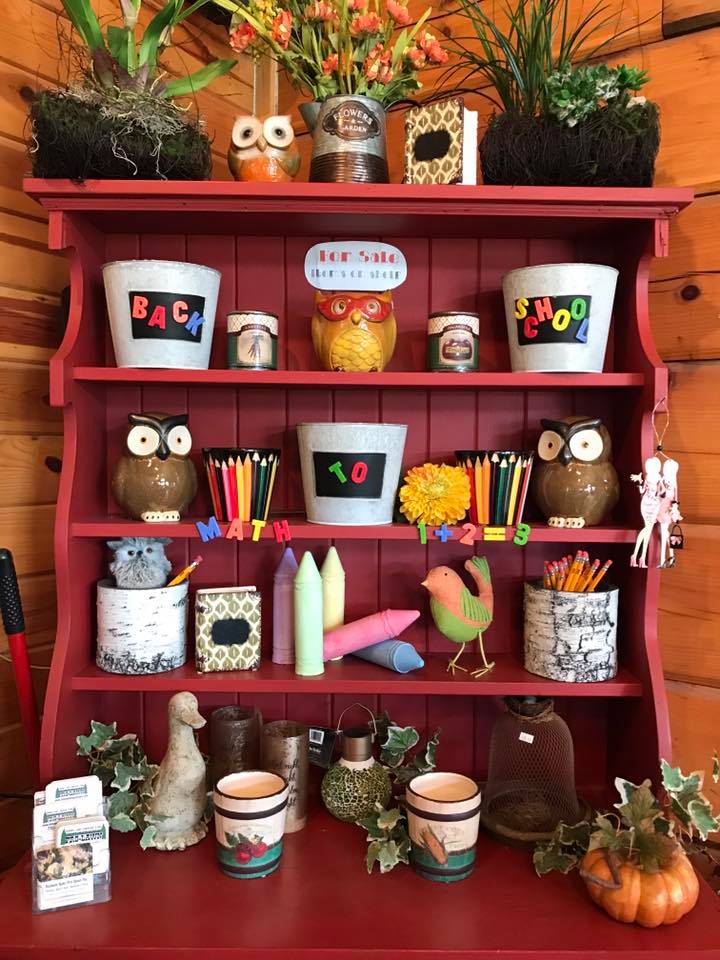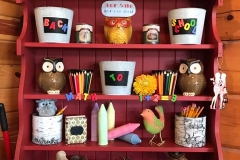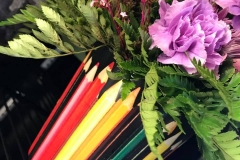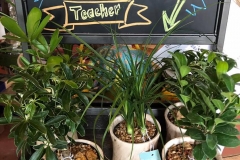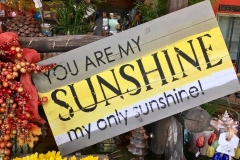We are excited to announce the arrival of a new, easy care Amaryllis!
All set and ready to bloom, this Amaryllis bulb comes mounted on a beautiful birch disc with winter greens, pine cones, and berries. Perfect for the busy holiday season, this amazing plant needs no water at all! This Amaryllis bulb naturally stores all the water and energy it needs to bloom. Simply place the Waterless Amaryllis Arrangement in a full or partially sunny spot in your home and enjoy! The bulb typically blooms for 4 to 6 weeks.
Originally from the tropical regions in South America, Amaryllis is known for its large trumpet-like flowers that bloom as indoor bulbs during the winters in colder climates. The flowers bloom in various shades of red, white, pink, salmon, orange, or variegated.
These bulbs make perfect gifts or to decorate your home during the holiday season! Available for pick up or delivery around November 22 in our retail center at Balsam Lake Pro-Lawn!
*Please note: this new easy-care variety of Amaryllis bulb will only bloom once, unless it is transplanted into a container with soil. Click here for details regarding long-term care for your Amaryllis.

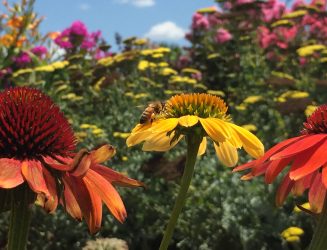
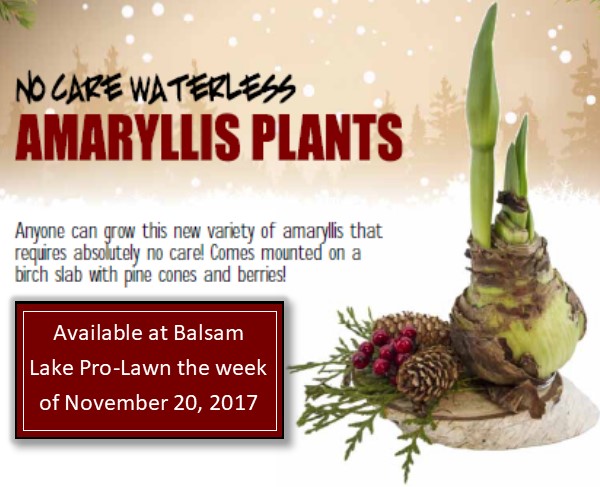
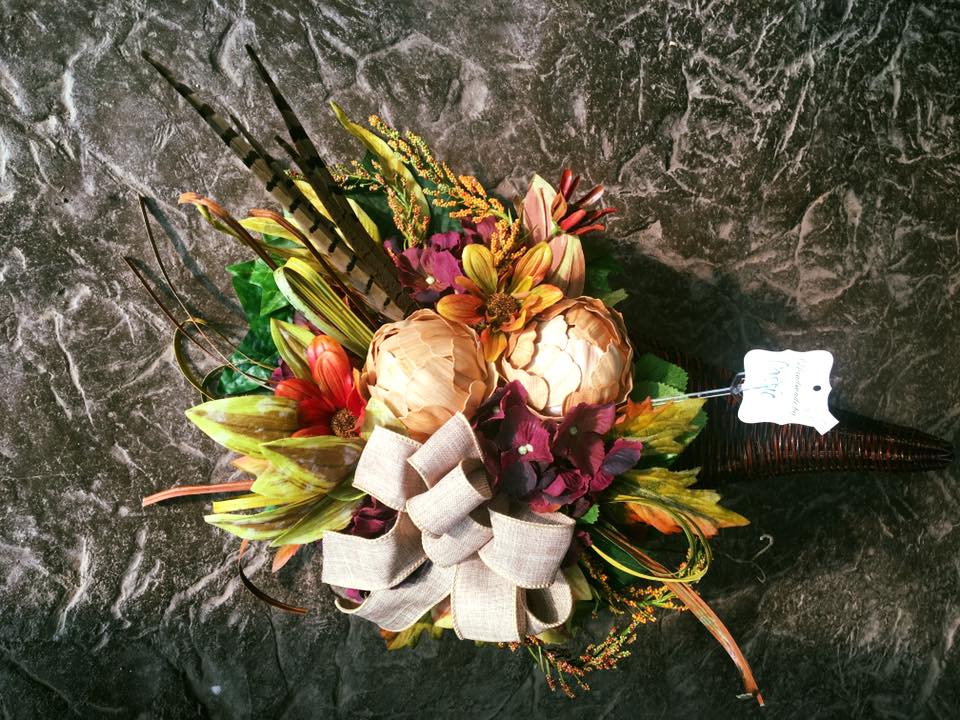
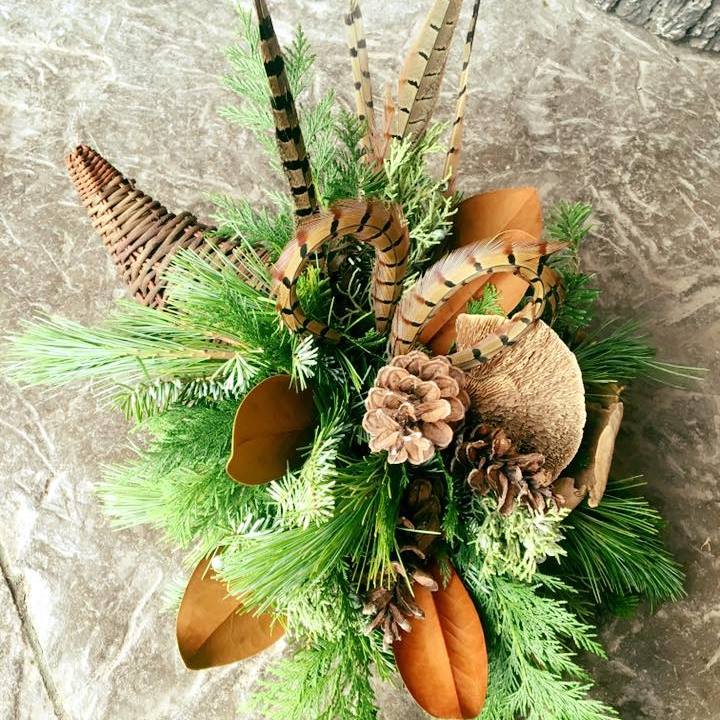
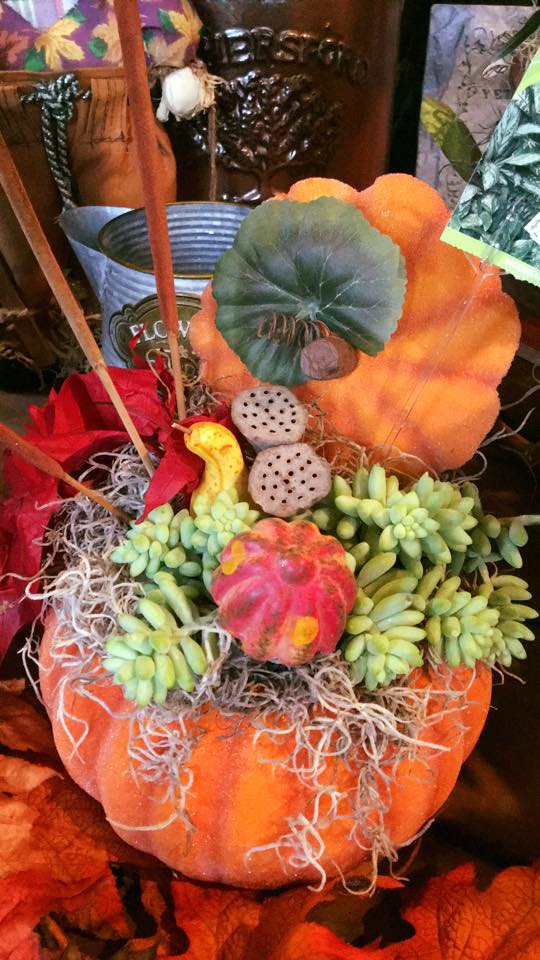
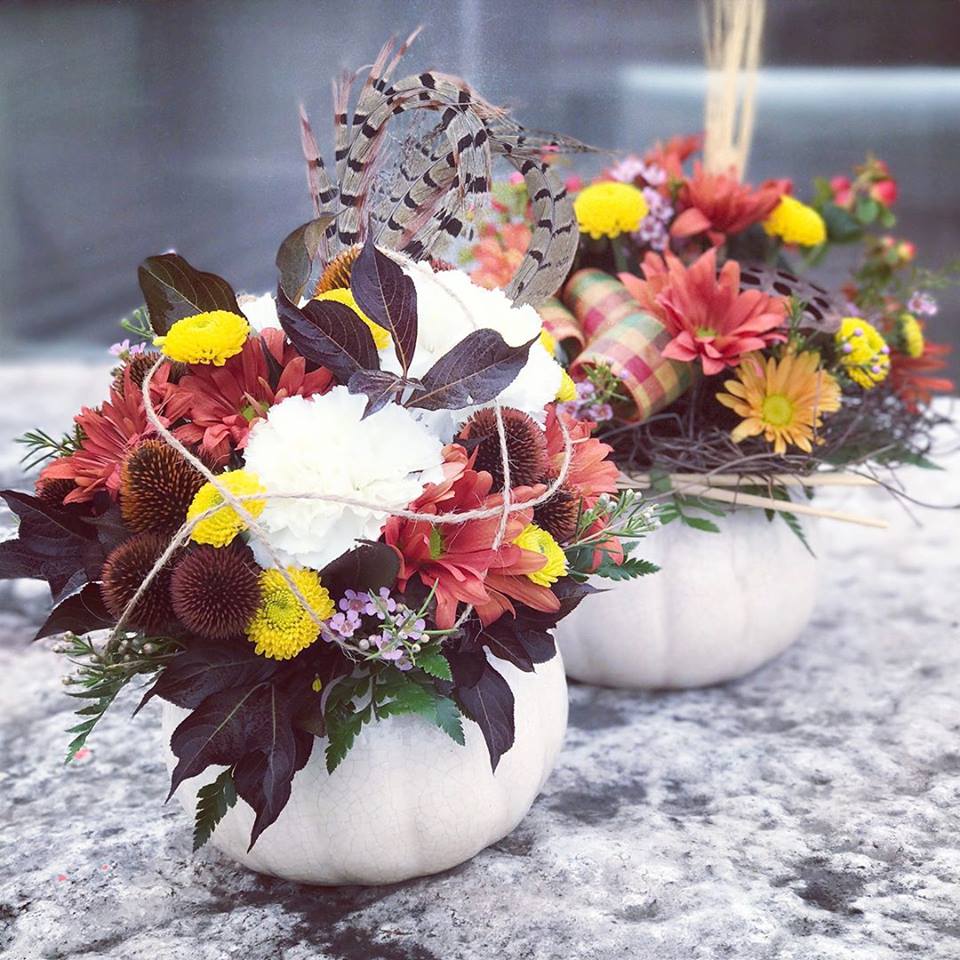
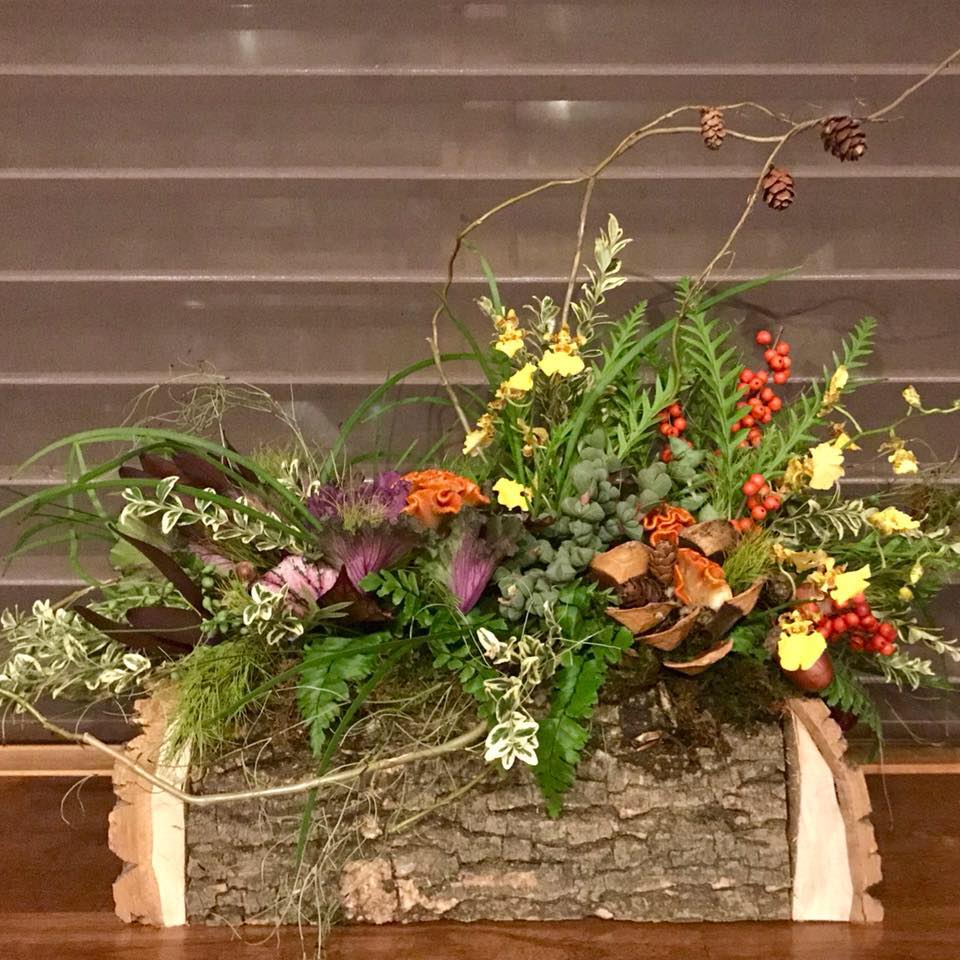
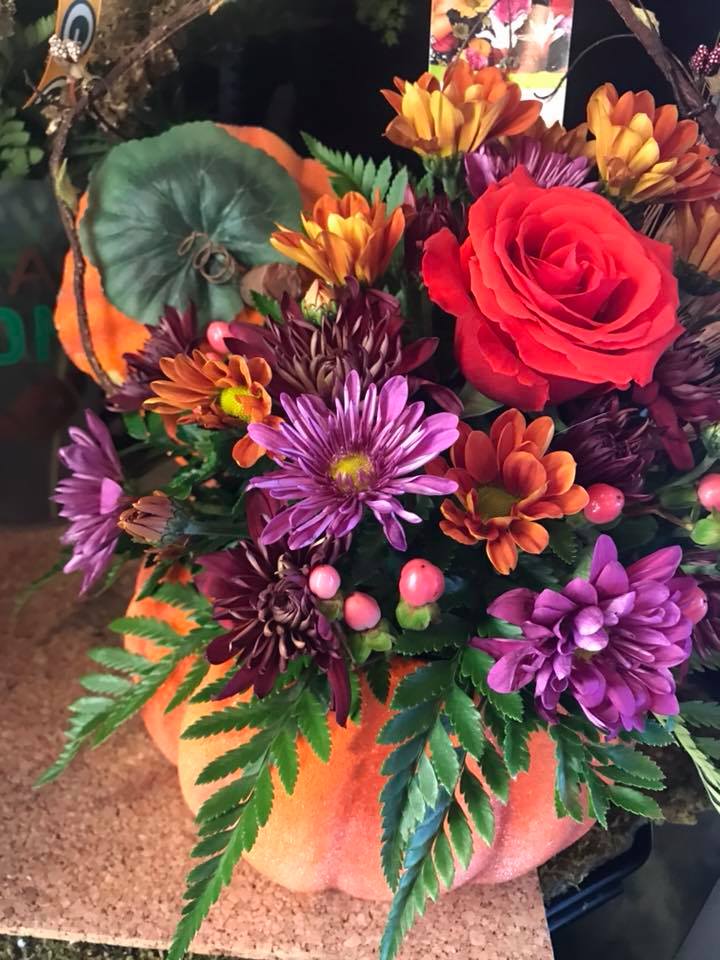
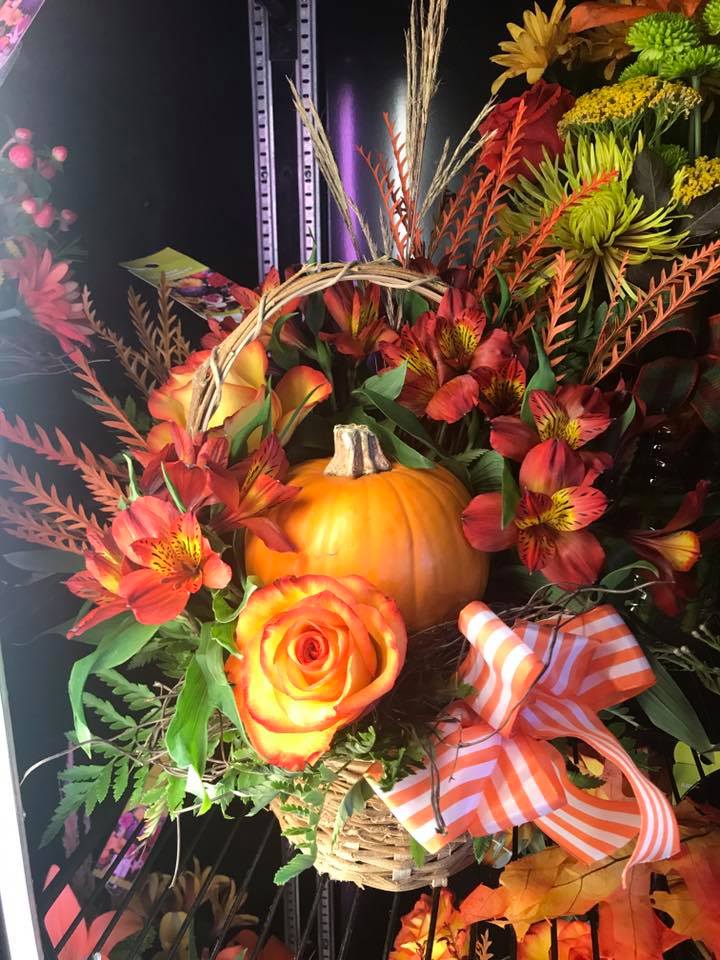
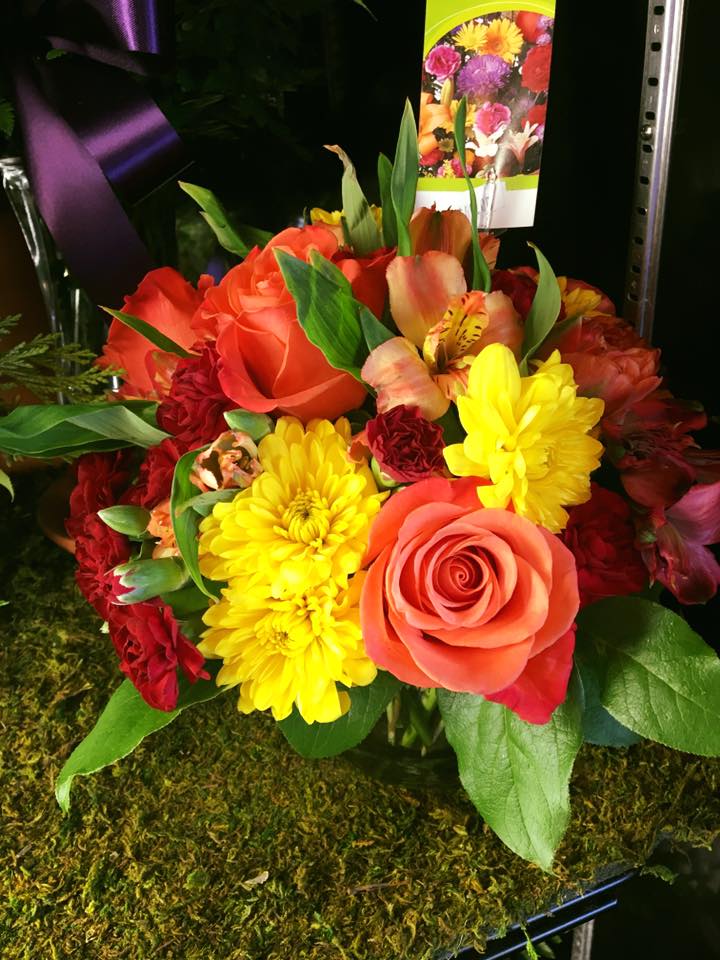
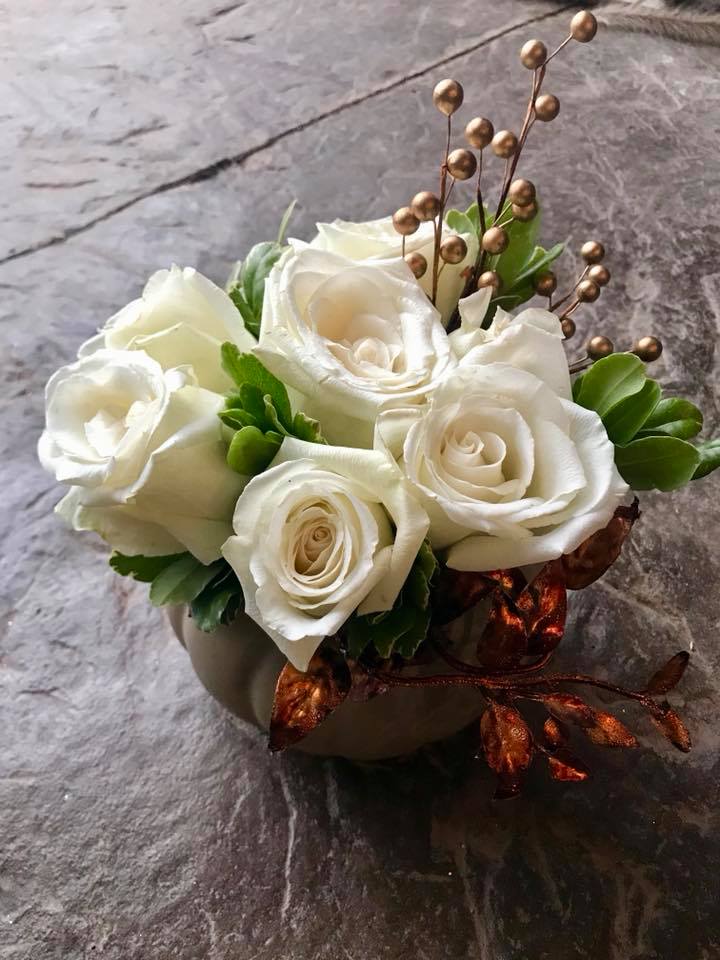

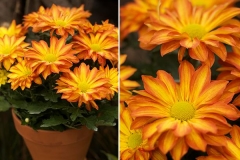
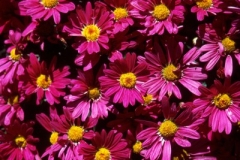
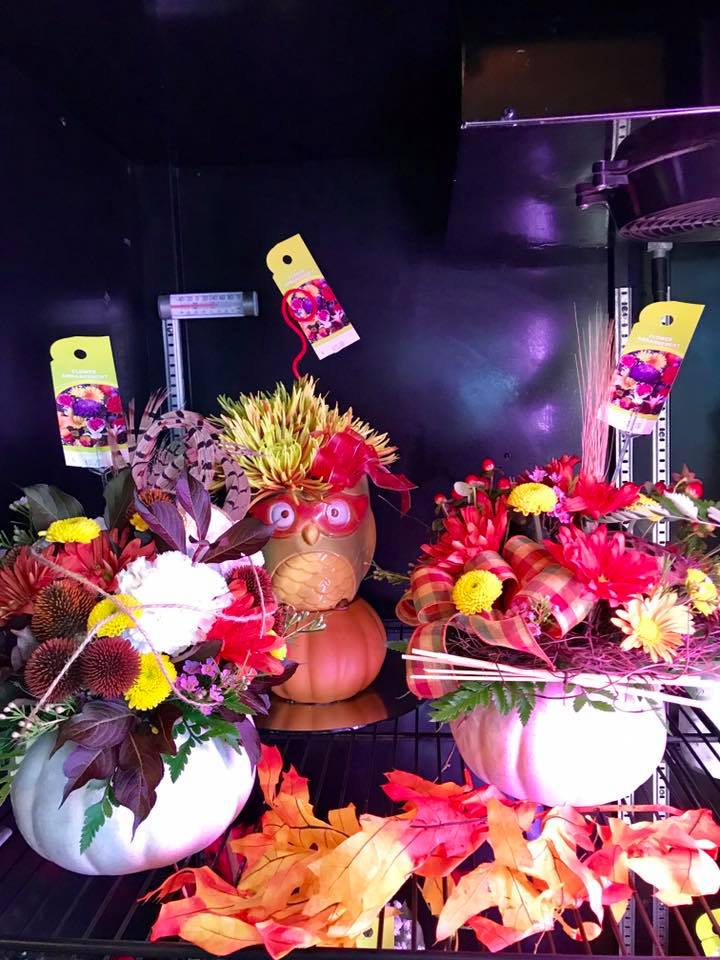
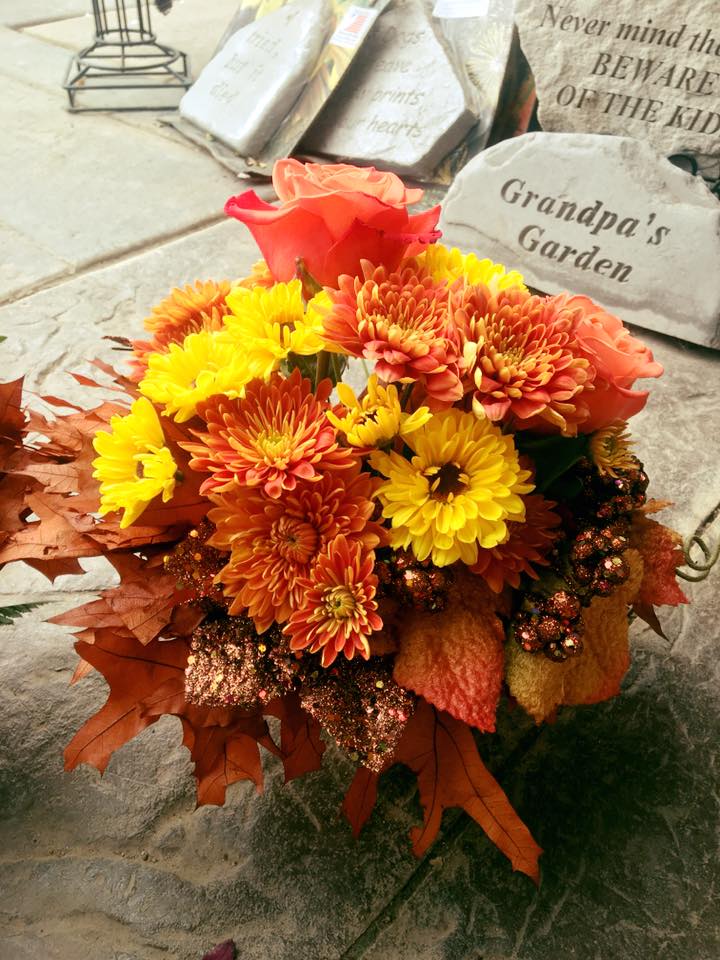
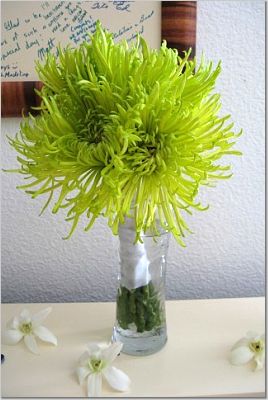
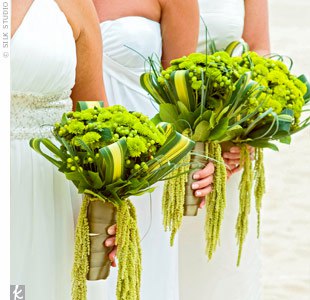
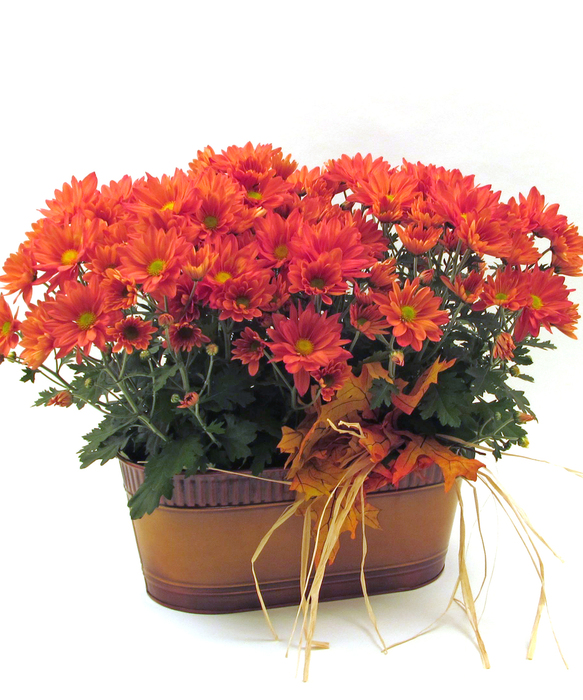
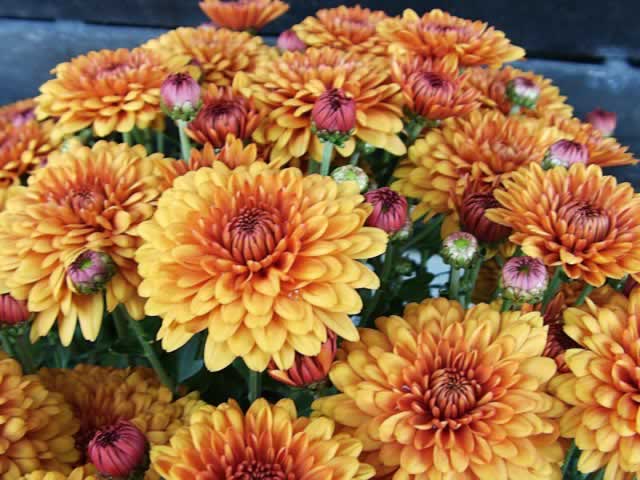
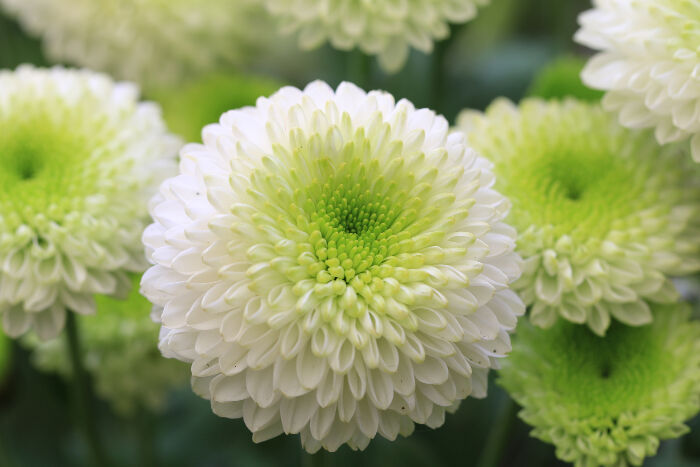
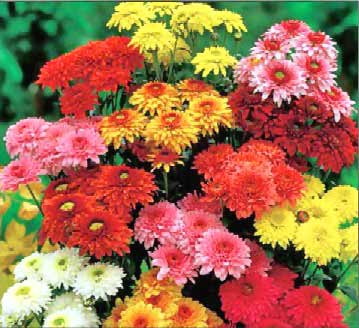
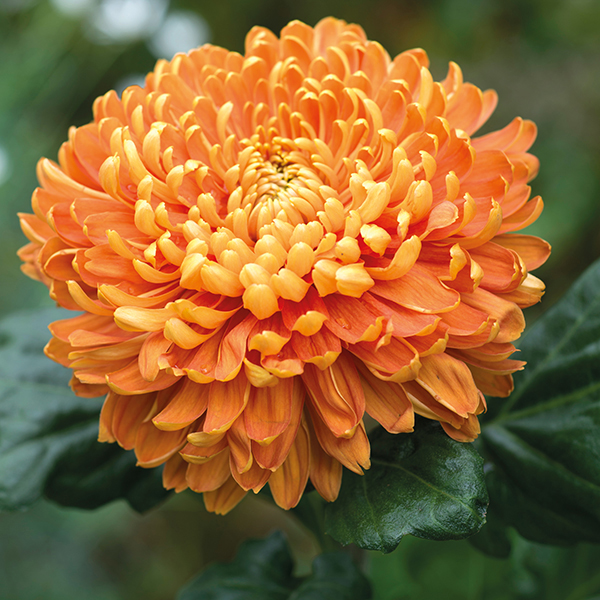




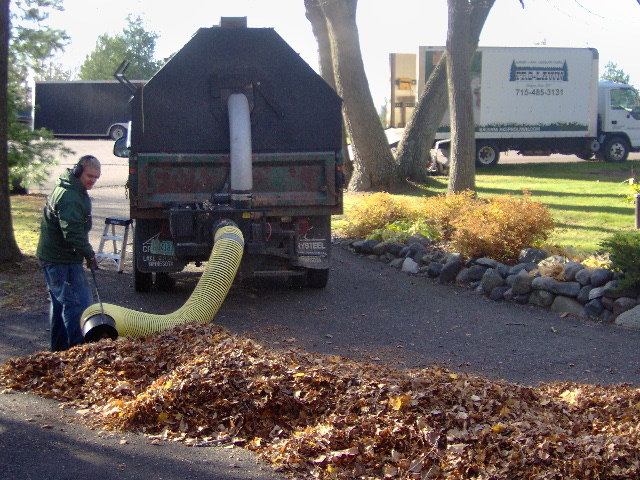
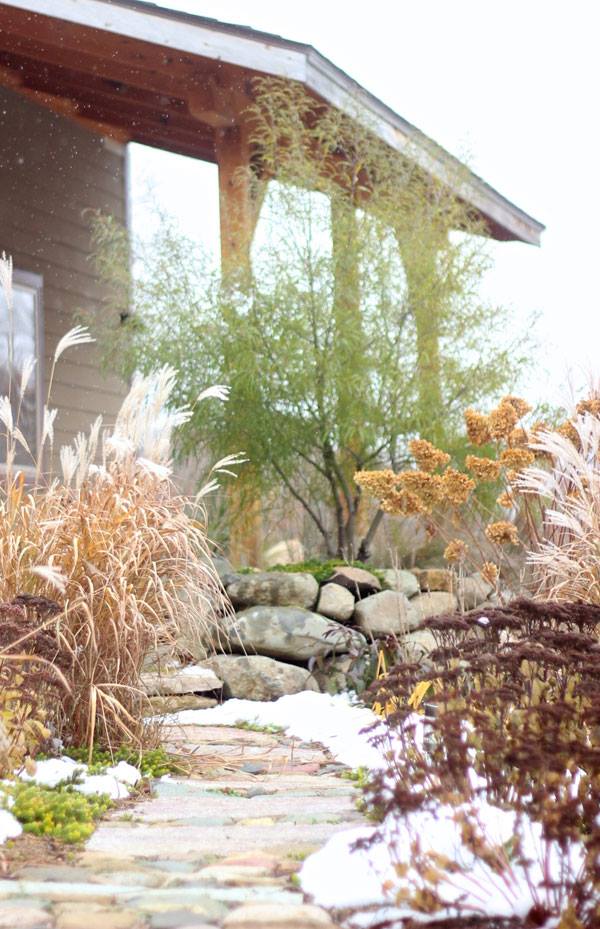
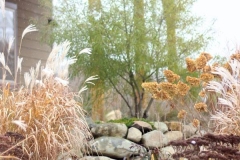
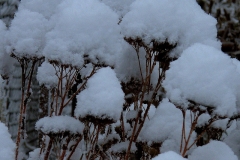
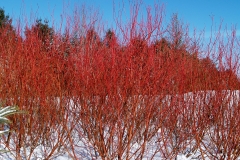
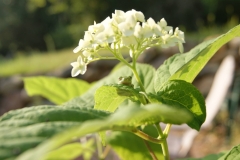
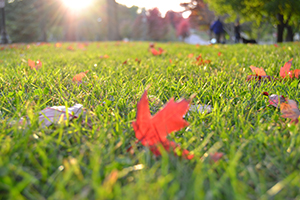
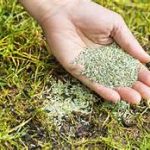

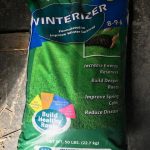

 Deadheading:
Deadheading: 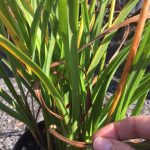 Daylily leaves frequently dry out, turn yellow, and/or flop to the ground. Easily remove dried-out foliage at the base of the plant with just a quick sweep of your hand. Cut away yellowing leaves with a hand-pruner. If your daylilies have flopped over, cut the foliage back to the desired height. For fall clean-up, cut all daylily foliage to 6 inches. Removing old foliage allows your daylilies to reserve energy for their roots for the winter and reduces the amount of work required for spring clean-up the following year.
Daylily leaves frequently dry out, turn yellow, and/or flop to the ground. Easily remove dried-out foliage at the base of the plant with just a quick sweep of your hand. Cut away yellowing leaves with a hand-pruner. If your daylilies have flopped over, cut the foliage back to the desired height. For fall clean-up, cut all daylily foliage to 6 inches. Removing old foliage allows your daylilies to reserve energy for their roots for the winter and reduces the amount of work required for spring clean-up the following year. 